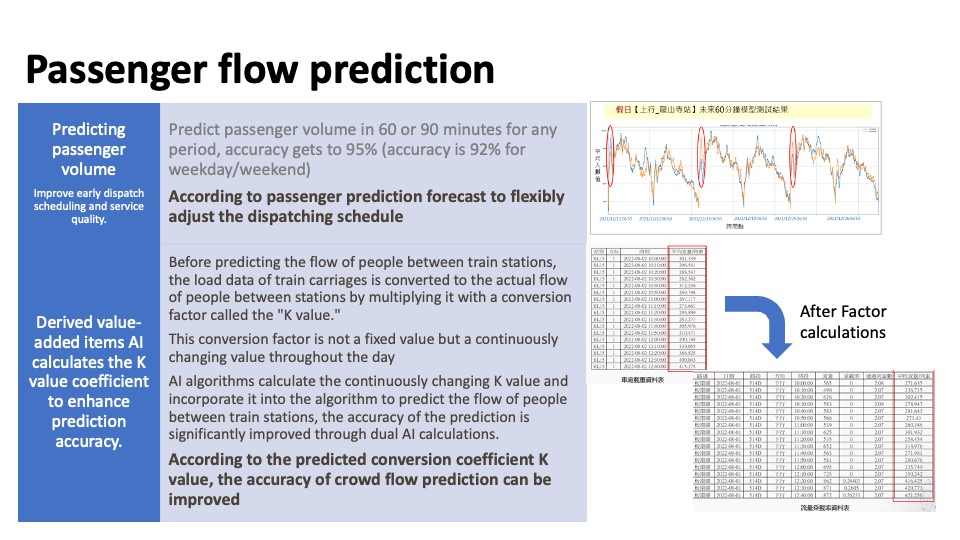The implementation of a Passenger Flow prediction brings a multitude of benefits that significantly enhance the passenger experience and optimize the efficiency of railway operations. One key advantage is improved crowd management, where real-time data analysis enables operators to manage passenger flow, prevent overcrowding, and ensure smooth boarding and disembarking processes. This leads to reduced congestion, minimized delays, and enhanced safety at stations. Additionally, the system provides passengers with up-to-date information on train schedules, platform changes, and seating availability, empowering them to plan their journeys effectively and reducing stress during travel.
Another significant benefit of a Railway Passenger Flow Intelligent System is optimal resource allocation. By analyzing passenger flow data, operators can make informed decisions regarding train frequencies, maintenance scheduling, and staff allocation, ensuring the efficient utilization of resources and reducing operational costs. The system also enhances safety and security by monitoring passenger flow and promptly detecting suspicious activities or potential risks. This enables operators to respond quickly and maintain a secure environment for all passengers. Moreover, the data generated by the system enables data-driven decision making, facilitating strategic planning, capacity optimization, and infrastructure improvements for a more efficient and customer-centric railway system.
 This project intends to use the combination of deep learning and machine learning to complete this project . The method used in deep learning is Long Short Tern Memory and multiple regression will be used in machine learning Taking the inter-station flow of TRTC in the current period and the inter-station flow in the past periods as an example, if we want to know the relationship between the inter-station flow in the current period and the inter-station flow in the past period, we can use the established regression equation to explain it When the inter-station traffic in the past periods increases gradually, the inter-station traffic in the next period can be predicted. On the contrary, the inter-station traffic in the past periods gradually decreases, and the inter-station traffic in the next period can be predicted . The relationship between related variables can be linear or non-linear.
This project intends to use the combination of deep learning and machine learning to complete this project . The method used in deep learning is Long Short Tern Memory and multiple regression will be used in machine learning Taking the inter-station flow of TRTC in the current period and the inter-station flow in the past periods as an example, if we want to know the relationship between the inter-station flow in the current period and the inter-station flow in the past period, we can use the established regression equation to explain it When the inter-station traffic in the past periods increases gradually, the inter-station traffic in the next period can be predicted. On the contrary, the inter-station traffic in the past periods gradually decreases, and the inter-station traffic in the next period can be predicted . The relationship between related variables can be linear or non-linear.

